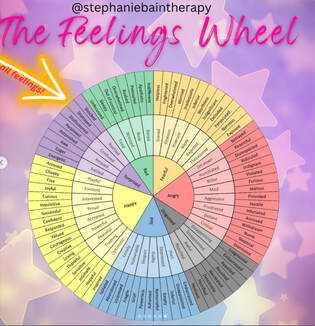|
As a couples therapist in Oakland, CA, the most annoying thing I say in therapy sessions is "that's a thought, not a feeling." [inset SpongeBob mockery meme] This is why I say that... Thoughts refer to cognitive processes that occur in our mind, such as perception, memory, attention, and reasoning. They are mental representations of ideas, concepts, beliefs, and judgments that we hold about ourselves, others, and the world around us. Examples of thoughts include "I need to finish this project," "She is kind," "The sky looks beautiful today," and "I am not good enough." Feelings refer to the emotional responses we experience in response to different stimuli, situations, and events. They are subjective experiences that involve physiological changes, such as changes in heart rate, breathing, and hormone levels, as well as psychological changes, such as moods and affective states. Examples of feelings include happiness, sadness, anger, fear, excitement, and contentment. Why is this important? Thoughts influence our feelings, and feelings influence our thoughts, but they are NOT the same. When we confuse thoughts with feelings, we may attribute cognitive interpretations to emotional states or vice versa. Example: For instance, if you grew up in a family that values punctuality and you have a partner who didn't, you may interpret lateness as communicating disrespect. You may FEEL disrespected, but it is important to consider your own beliefs, interpretations, and triggers in what is playing into the feelings. But taking accountability for your own part of the feeling experience, you move away from blame and are able to collaborate on ways you and your partner can make you feel prioritized, respected, safe, and secure. Looking for a queer couples therapist in Oakland, CA? Learn more here. Yes, straight couples welcome, too! Thoughts versus feelings
0 Comments
Leave a Reply. |
AuthorStephanie Bain, LMFT Archives
April 2024
Categories
All
***Resources are not a substitute for therapy and are not intended for making diagnoses or providing treatment. Not all practices and tools are suitable for every person. Please discuss exercises, practices, and tools with your individual therapist or health care provider.
|



 RSS Feed
RSS Feed